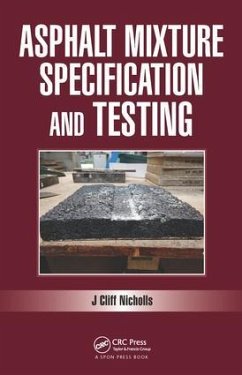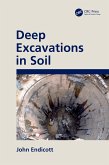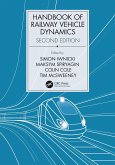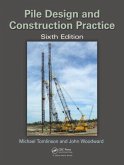Asphalt mixture specification is a black art. This guide to specification emphasises test methods to measure performance, their pros and cons, and properties to be tested for material use. Different properties are discussed in terms of: specification; test methods (primarily those in EN 12697); performance prediction; the levels achievable with different asphalt types; levels for various situations and pavement layers; and which other properties are adversely affected by enhanced performance. Sustainability and durability are addressed. This is for clients and consultants who specify pavements to produce durable asphalt pavements more economically, asphalt producers, and students.








